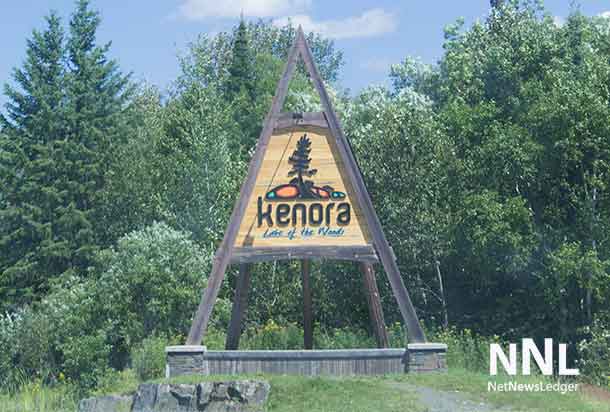
KENORA – The most recent and final report of the Northern Projects: Human Capital Series puts a spotlight on the Kenora District; a predominately rural area experiencing an aging population, challenges with education, and shifts in the economy.
The report by James Cuddy and Bakhtiar Moazzami summaries the impacts of these trends, and provides recommendations on how to prevent any negative implications in a way that makes sense for the communities of the Kenora District.
Firstly, Kenora District’s rural knowledge economy and workforce requires an increase in infrastructure. In 2011, 73.3 per cent of Kenora District’s population resided in rural areas, with 53 per cent of rural citizens living in areas with weak links to an urban centre, including 20 per cent in remote regions.
Secondly, the District needs to respond to the needs of Indigenous peoples, a segment of the population that is expected to continue to increase over the next few decades, but is also experiencing lower human capital indexes than the rest of the population.
According to Cuddy and Moazzami, “opportunities will only continue to decrease if actions are not taken to close the education and skills gap in the District. Indigenous growth could be a hidden opportunity, with the skill level among Indigenous populations in Kenora higher than provincial levels.”
Additionally, the District of Kenora attracts approx. 27 times fewer immigrants per capita than Ontario as a whole in the 2014-15 year. As the average age of the Kenora District population – and labour force – is beginning to decline, the District will need to look at immigration attraction strategies moving forward.
Below summarizes the author’s recommendations to promote the long-term sustainability of the Kenora District:
- Respond to the needs of the Indigenous population
The human capital indexes for the Indigenous labour force in the Kenora District are lower than that of the total population in the District as well as their Indigenous counterparts in Northwestern Ontario and Canada. Due to the increase in Indigenous population, future labour force productivity will decrease further if education levels do not rise specifically within this segment of the population. Addressing these issues for the Indigenous population will have positive benefits for the entire region.
- Leverage temporary residents into immigrant attraction
The District of Kenora attracted approx. 27 times fewer immigrants per capita than Ontario as a whole in the 2014-15 year. In Northern Ontario, this District has attracted the second smallest number per capita. Proximity to major centres should be a draw for secondary migration. Barriers including accessibility or cost of living, need to be addressed further to identify whether they are a factor in the District’s attractiveness as a permanent destination.
- A rural knowledge economy and rural workforce requires infrastructure
Close to three-quarters of the District of Kenora’s population live in rural areas, a trend that has seen increase between 2001 and 2011. In a knowledge and service based economy, this type of settlement planning needs high speed internet access and other infrastructure such as roads, rail, port, and airport at the highest level for sustainability to be achieved.
The full report, Northern Projections: Human Capital Series – Kenora District, is available on our websites:
Northern Policy Institute www.northernpolicy.ca
Algoma Workforce Investment Corporation www.awic.ca
Far Northeast Training Board www.fnetb.com
The Labour Market Group – Nipissing Parry Sound www.thelabourmarketgroup.ca
Northwest Training and Adjustment Board www.ntab.on.ca
North Superior Workforce Planning Board www.nswpb.ca
Sudbury and Manitoulin Workforce Planning Board www.planningourworkforce.ca
Kenora District Services Board http://kdsb.on.ca/
Northern Projections: Human Capital Series highlights all of the 11 districts in Northern Ontario, and is part of an ongoing, collaborative effort between the Northern Policy Institute and Northern Ontario Workforce Planning Boards to provide evidenced based analysis for effective decision making in the region. Reports examine past and present characteristics and trends in each district’s economy in order to forecast future challenges and opportunities.







